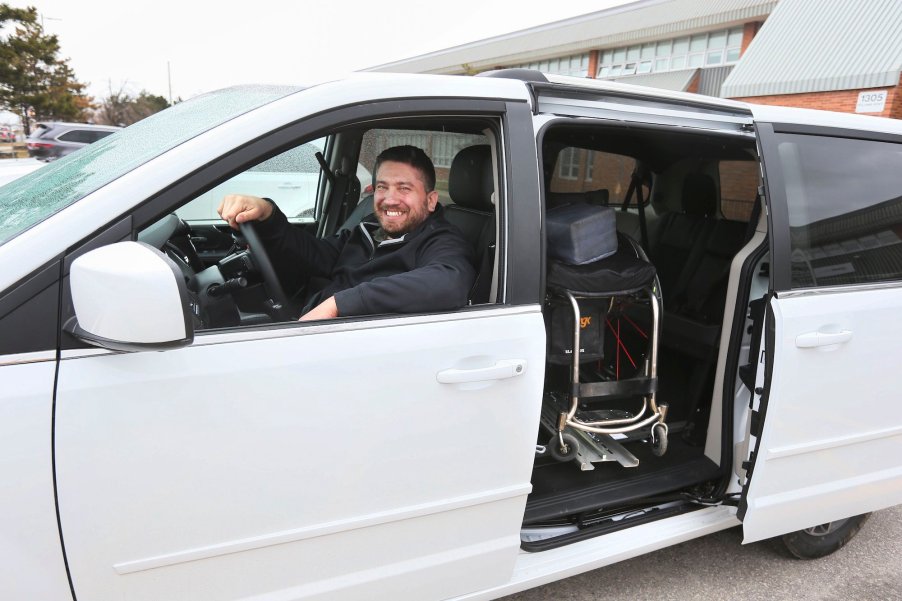
Does Insurance Cover Wheelchair Lifts for Vehicles?
Insurance policies can be complex and confusing, often changing from year to year. If you’re looking to purchase a wheelchair-accessible vehicle or modify your own to accommodate a wheelchair lift, you might wonder if your insurance will cover it. Here’s everything you need to know about obtaining a wheelchair lift for your vehicle.
Will your insurance cover a wheelchair lift?
BraunAbility says Medicare covers about 8 million people under the age of 65 with disabilities. As such, it’s common for people to ask if Medicare will cover a wheelchair lift for their vehicle. Unfortunately, the answer is no. Medicare has many exceptions, and wheelchair-accessible vehicles are one of them.
This doesn’t apply to only Medicare, either. According to Southern Bus & Mobility, auto insurance will never help pay for a new vehicle purchase. And though health insurance providers will likely cover the cost of the wheelchair, they won’t pay for a wheelchair-accessible vehicle or wheelchair lifts.
General costs of wheelchair lifts for pickup trucks, SUVs, and minivans
The cost of adding a wheelchair lift to a pickup truck, SUV, or minivan can vary widely. However, according to Mobility Express, you can expect to pay around $30,000 for this modification alone. Vehicles authorized for this type of conversion include the Dodge Grand Caravan, Ford Explorer, and Honda Odyssey.
In addition to choosing the best vehicle, some other decisions can affect the final price of your wheelchair lift. For example, rear-entry ramps are typically more affordable because they’re almost always manual. Side-entry ramps are available in both manual and power options. Power ramps are more expensive but are necessary if you’ll be the one driving the vehicle.
The vehicle’s flooring is another factor that can influence the price. Carpeting is cheaper but has downsides. Rubber flooring has a much better grip and is easier to clean, but it’s pricier.
According to Mobility Express, one of the most important steps you can take is working with a conversion company that offers good warranties and national service. This may be more expensive upfront, but it can save time and frustration in the future if you’re traveling and have a problem with your vehicle.
How to find funding for these modifications
Though opting for a manual ramp or carpeted flooring can slightly reduce the cost of a wheelchair lift, these modifications are still expensive. Fortunately, although your insurance will not assist, BraunAbility notes a wide range of national and local funding options. National resources include the Bryon Riesch Paralysis Foundation (offers grants of up to $10,000), Muscular Dystrophy Association (donates used vehicles), and Brighter Tomorrow Grant (offers awards up to $1,000).
Another excellent resource is Help HOPE Live. In addition to providing safe opportunities for you to raise funds for your vehicle, this organization offers expert advice and can provide assistance grants in an emergency.
Additionally, almost every auto manufacturer offers mobility rebates, BraunAbility reports. They include the Ford Mobility Program, Honda Customer Mobility Assistance Program, and Toyota Mobility Assistance Program. All offer reimbursements of up to $1,000. BraunAbility itself also accepts trade-ins, even if your vehicle is unconverted.
Wheelchair lifts are a big but sometimes necessary expense. Though your insurer might not assist you, many funding options can help you or your loved one set up a fully accessible vehicle.


